Chunyu Yuan
MUCM-Net: A Mamba Powered UCM-Net for Skin Lesion Segmentation
May 24, 2024



Abstract:Skin lesion segmentation is key for early skin cancer detection. Challenges in automatic segmentation from dermoscopic images include variations in color, texture, and artifacts of indistinct lesion boundaries. Deep learning methods like CNNs and U-Net have shown promise in addressing these issues. To further aid early diagnosis, especially on mobile devices with limited computing power, we present MUCM-Net. This efficient model combines Mamba State-Space Models with our UCM-Net architecture for improved feature learning and segmentation. MUCM-Net's Mamba-UCM Layer is optimized for mobile deployment, offering high accuracy with low computational needs. Tested on ISIC datasets, it outperforms other methods in accuracy and computational efficiency, making it a scalable tool for early detection in settings with limited resources. Our MUCM-Net source code is available for research and collaboration, supporting advances in mobile health diagnostics and the fight against skin cancer. In order to facilitate accessibility and further research in the field, the MUCM-Net source code is https://github.com/chunyuyuan/MUCM-Net
UCM-Net: A Lightweight and Efficient Solution for Skin Lesion Segmentation using MLP and CNN
Oct 14, 2023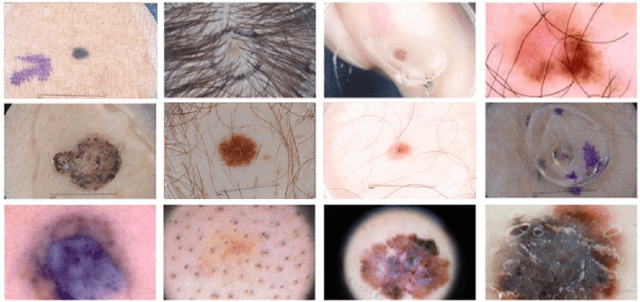
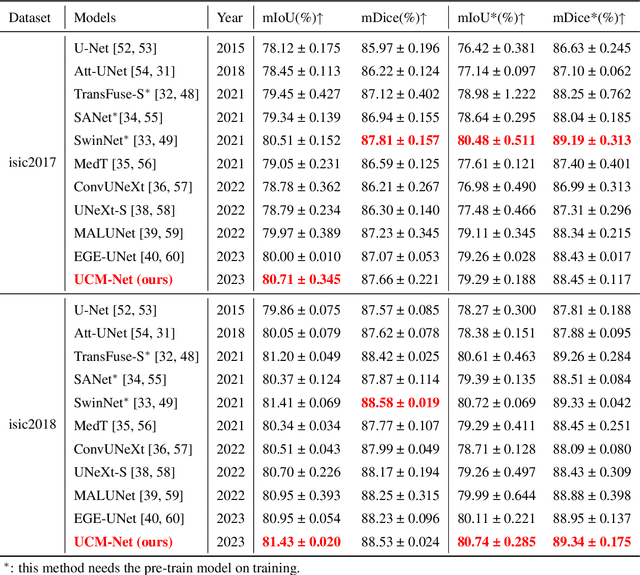

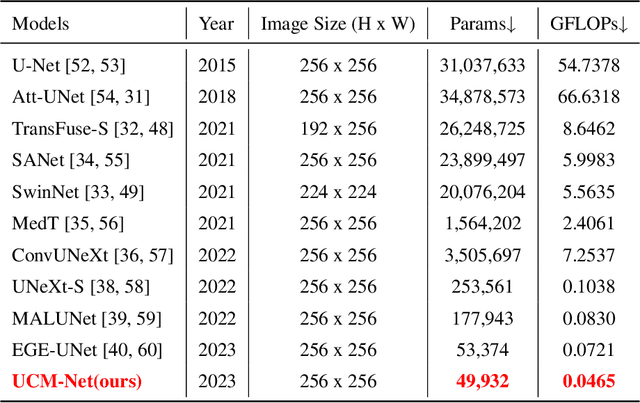
Abstract:Skin cancer is a significant public health problem, and computer-aided diagnosis can help to prevent and treat it. A crucial step for computer-aided diagnosis is accurately segmenting skin lesions in images, which allows for lesion detection, classification, and analysis. However, this task is challenging due to the diverse characteristics of lesions, such as appearance, shape, size, color, texture, and location, as well as image quality issues like noise, artifacts, and occlusions. Deep learning models have recently been applied to skin lesion segmentation, but they have high parameter counts and computational demands, making them unsuitable for mobile health applications. To address this challenge, we propose UCM-Net, a novel, efficient, and lightweight solution that integrates Multi-Layer Perceptions (MLP) and Convolutional Neural Networks (CNN). Unlike conventional UNet architectures, our UCMNet-Block reduces parameter overhead and enhances UCM-Net's learning capabilities, leading to robust segmentation performance. We validate UCM-Net's competitiveness through extensive experiments on isic2017 and isic2018 datasets. Remarkably, UCM-Net has less than 50KB parameters and less than 0.05 Giga-Operations Per Second (GLOPs), setting a new possible standard for efficiency in skin lesion segmentation. The source code will be publicly available.
A comprehensive review of Binary Neural Network
Oct 19, 2021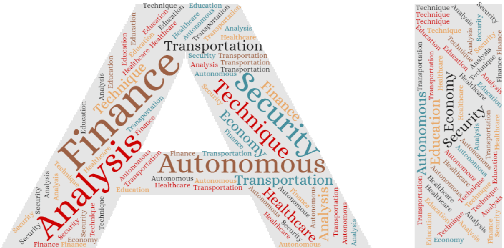

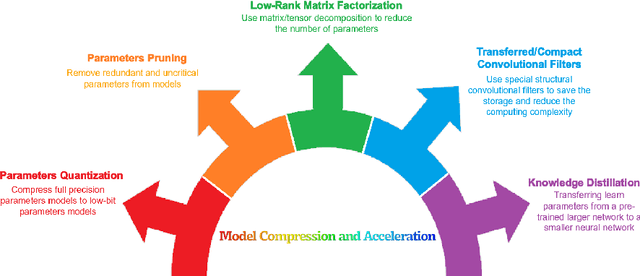

Abstract:Binary Neural Network (BNN) method is an extreme application of convolutional neural network (CNN) parameter quantization. As opposed to the original CNN methods which employed floating-point computation with full-precision weights and activations, BBN uses 1-bit activations and weights. With BBNs, a significant amount of storage, network complexity and energy consumption can be reduced, and neural networks can be implemented more efficiently in embedded applications. Unfortunately, binarization causes severe information loss. A gap still exists between full-precision CNN models and their binarized counterparts. The recent developments in BNN have led to a lot of algorithms and solutions that have helped address this issue. This article provides a full overview of recent developments in BNN. The present paper focuses exclusively on 1-bit activations and weights networks, as opposed to previous surveys in which low-bit works are mixed in. In this paper, we conduct a complete investigation of BNN's development from their predecessors to the latest BNN algorithms and techniques, presenting a broad design pipeline, and discussing each module's variants. Along the way, this paper examines BNN (a) purpose: their early successes and challenges; (b) BNN optimization: selected representative works that contain key optimization techniques; (c) deployment: open-source frameworks for BNN modeling and development; (d) terminal: efficient computing architectures and devices for BNN and (e) applications: diverse applications with BNN. Moreover, this paper discusses potential directions and future research opportunities for the latest BNN algorithms and techniques, presents a broad design pipeline, and discusses each module's variants.
ECG beats classification via online sparse dictionary and time pyramid matching
Aug 15, 2020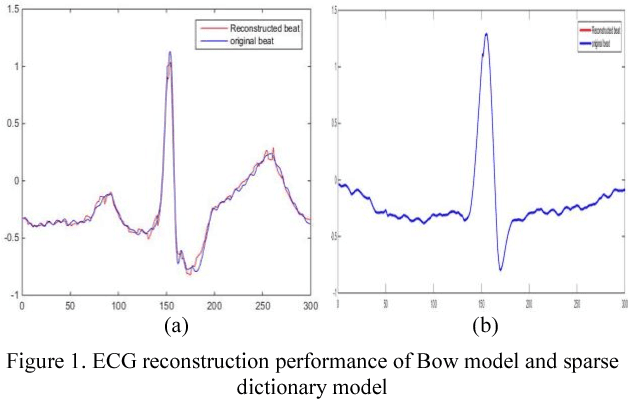
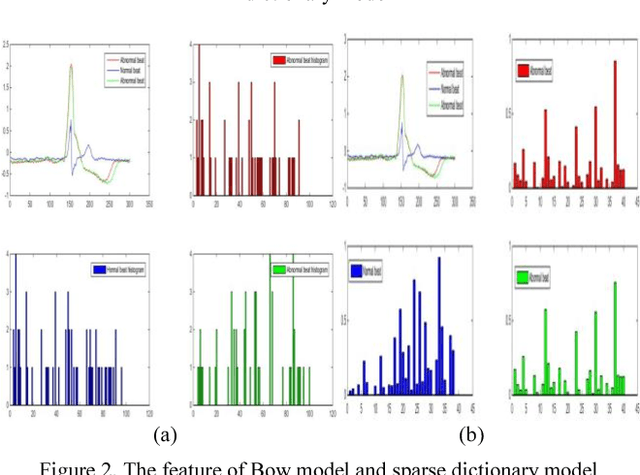
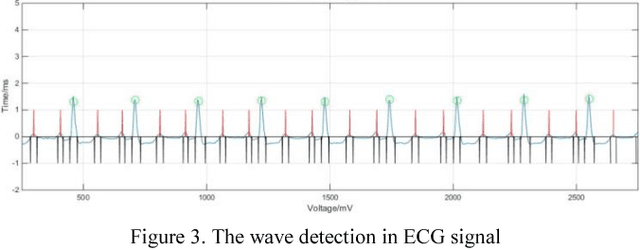
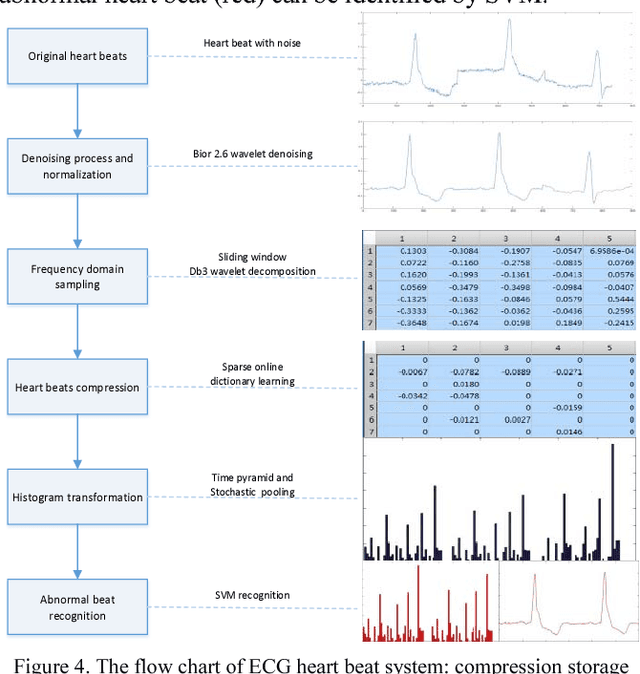
Abstract:Recently, the Bag-Of-Word (BOW) algorithm provides efficient features and promotes the accuracy of the ECG classification system. However, BOW algorithm has two shortcomings: (1). it has large quantization errors and poor reconstruction performance; (2). it loses heart beat's time information, and may provide confusing features for different kinds of heart beats. Furthermore, ECG classification system can be used for long time monitoring and analysis of cardiovascular patients, while a huge amount of data will be produced, so we urgently need an efficient compression algorithm. In view of the above problems, we use the wavelet feature to construct the sparse dictionary, which lower the quantization error to a minimum. In order to reduce the complexity of our algorithm and adapt to large-scale heart beats operation, we combine the Online Dictionary Learning with Feature-sign algorithm to update the dictionary and coefficients. Coefficients matrix is used to represent ECG beats, which greatly reduces the memory consumption, and solve the problem of quantitative error simultaneously. Finally, we construct the pyramid to match coefficients of each ECG beat. Thus, we obtain the features that contain the beat time information by time stochastic pooling. It is efficient to solve the problem of losing time information. The experimental results show that: on the one hand, the proposed algorithm has advantages of high reconstruction performance for BOW, this storage method is high fidelity and low memory consumption; on the other hand, our algorithm yields highest accuracy in ECG beats classification; so this method is more suitable for large-scale heart beats data storage and classification.
* 7 pages,5 figure
 Add to Chrome
Add to Chrome Add to Firefox
Add to Firefox Add to Edge
Add to Edge